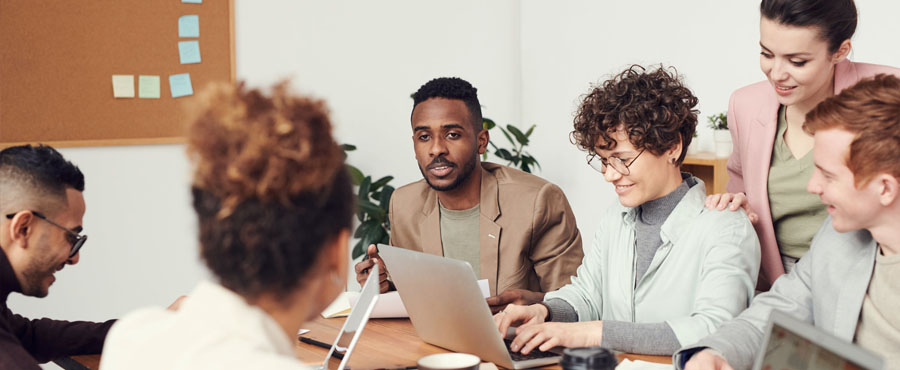
Taking event photographs can be a fun and rewarding experience. Sometimes, only a little planning is necessary. Other times, you need to research the type of photography that will work best for your event.
Here are seven ways to take better event photographs.
Do Your Research
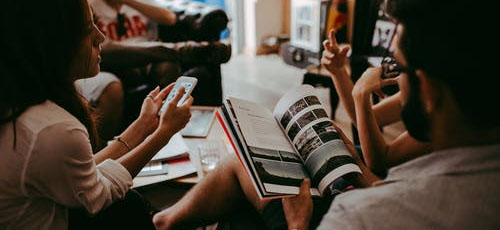
Research the type of photography that works best for your specific event. If you’re photographing a wedding, then different lighting and angles will probably work better than if you were photographing an outdoor event.
Research what type of photography is best suited to your idea of the perfect image for this particular occasion.
Make Sure You Have the Right Equipment
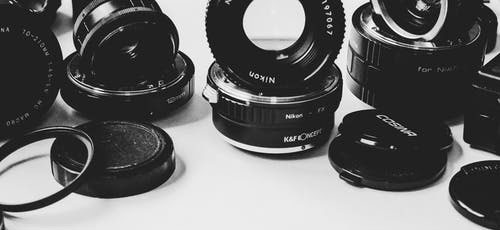
If possible, take more equipment than you need to avoid running into a situation where you need a specific piece of equipment and can’t find it. This also means making sure the batteries are charged, memory cards have room for your images, lenses aren’t dirty or scratchy, etc.
Get to Know Your Camera Better Than You Know Yourself
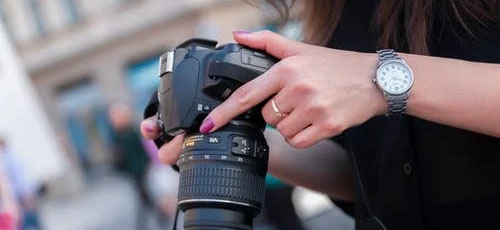
The more time you spend with the different functions of your camera, the better you will become at using it. There are so many settings that can be tweaked and adjusted to create a unique image.
Practice Makes Perfect So Start Practicing Now!
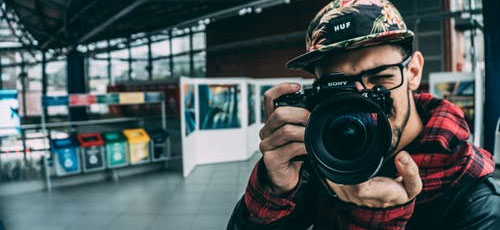
There’s nothing worse than seeing a fantastic event only for your photos to flop because you didn’t prepare properly. Try taking some test shots at home to see how the lighting is working, where you should be standing, and the effects that can be achieved by adjusting your settings.
Stick to One or Two Themes Throughout All of Your Photos
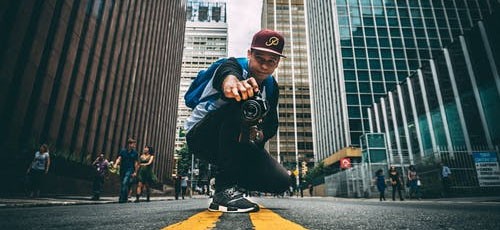
Using one or two themes will help to unify your photographs and make them look more professional. If you’re photographing a wedding, for example, it’s best to choose one or two themes throughout all of the photos.
That helps you avoid sending out mixed messages about what type of event this is.
Make Sure You Have Plenty of Natural Light
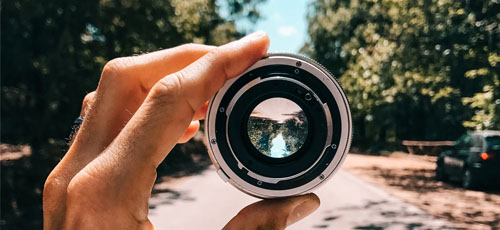
Natural light is the best type of light to use when taking event photographs. That’s because it is soft, flattering, and doesn’t cast weird shadows across people’s faces.
On the other hand, artificial lighting can be distracting and harsh on faces and that may take away from the beauty instead of adding to it. But if you must use your flash, make sure it’s not too bright to ruin any natural lighting.
Be Mindful About Background Details
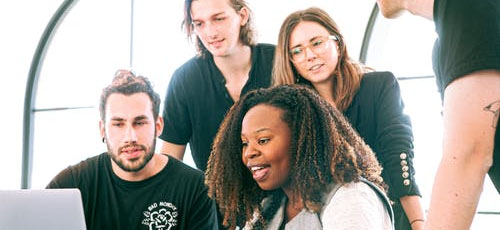
It would help if you always considered what’s going on in the background of your image because it may make or break a photograph. For example, you don’t want photos with dirty dishes stacked up behind people to avoid an unprofessional look.
With that, make sure your subjects are centrally located, and the background is as simple as possible.


